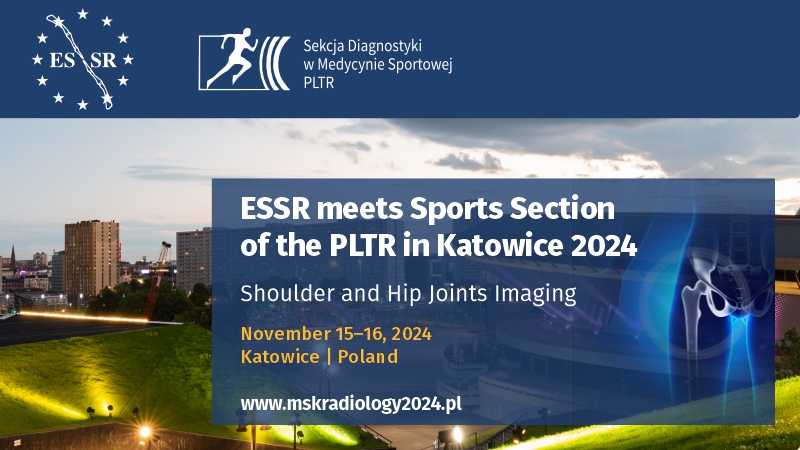Basic dissecting techniques in ultrasound-guided surgery
 Affiliation and address for correspondence
Affiliation and address for correspondenceUltrasound-guided surgery is an area of minimally-invasive surgery where surgical procedures are performed with the aid of ultrasound imaging throghout the operation. This requires the operator to posses a certain degree of experience in endoscopic procedures, and to be adeptly skillfull in conducting US examinations. It is combining and finely tuning together these two elements that allows to perform efficiently an ultrasound-guided surgical procedure. Accessing an affected site correctly is of utmost importance in surgery, being oftentimes decisive in terms of the procedure’s final outcome. In ultrasound-guided procedures, the operative site is accessed percutaneously, with a single point incision, yet tissues situated deeper within are dissected with dissecting techniques in a fluid evironment, typical for this area of surgery. Dissecting techniques in ultrasound-guided surgery are currently divided into basic ones which employ either a hydrodissection needle, surgical instruments, electrosurgical instruments, a thread, or a combination thereof, and advanced ones where either a balloon, a hook dissection technique, or a hybrid one is used. Hydrodissection with a needle was devised based on the rule of complementarity, and is the most frequently applied technique in ultrasound-guided surgery. The immense possibilities that go along with this modality will be of huge benefit to any surgeon, regardless of their field. Dissection with a variety of surgical instruments and electrosurgery instruments is a standard practice in all surgery areas, yet the method of imaging we employ in ultrasound-guided surgery results in certain modifications of these techniques. It is, however, learning the thread technique that facilitates a precise and oftentimes extensive dissection. This technique is successfully applied for dissecting muscle, ligament, tendon, vascular and other structures. Having mastered dissecting techniques allows to perform any minimally-invasive procedure efficiently, be they ultrasound-guided, artroscopic, or endoscopic ones. Various surgical techniques are bridged, resulting in applying the socalled hybrid ones. Their strength lies in excellent imaging results allowing to conduct a surgical procedure both in a body cavity and within a parenchymal organ.







